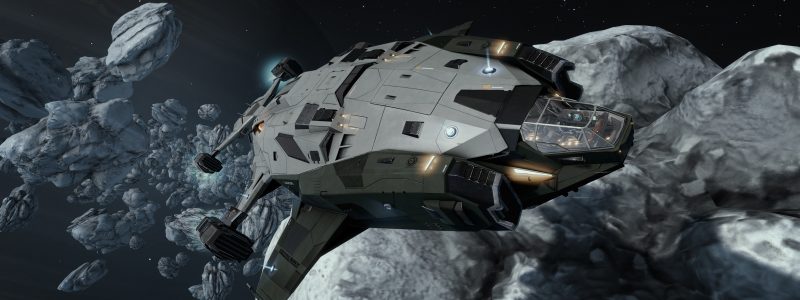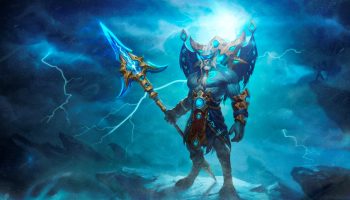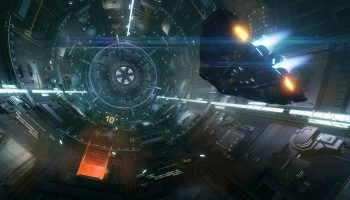Hello CMDRs o7
In the interests of open access scientific research, I wanted to share the
method for finding and scanning biological life.
Disclaimer
Exobiology can be done with nothing more than a Sidewinder and a DSS scanner. The following 22,000+ lightyears-tested method was developed to increase efficiency beyond rudimentary small vessel capabilities.
Required:
• Ship capable of carrying SLF & at least one SRV
• SLF (the Taipan is the IECO recommended utility SLF for its durability and open cockpit)
• At least one SRV
Jump to system. K, G, and F class star systems tend to have the most potential for bioscans because these systems can have anywhere between 1 and 100+ planetary bodies in them, thus increasing the probability of finding life in these systems. In my observations, K class stars seem to have the most potential for bioscans.
Honk.
FSS.
Filter everything out except Landfall planets.
Go to nearest planet with a bioscan and perform DSS. For planets with multiple scans, view the one that's the most rare first, then cycle through the others to get a feel for where the heat map overlaps the most for each scan and head towards that location.
Make decent in the glide approach to about 5-6km above the surface; deploy SLF – the Taipan really shines here for its more open cockpit and maneuverability, just watch the boost!
Perform aerial reconnaissance at ~10-100m with a velocity between 25-75m/s looking for bios and a good spot to land. Bacterium can be seen starting at about 200m above the surface. Survey the overall area, especially with bacterium, to get a feel for the Bio Dispersion Area (BDA). Once you find a bio, use the SLF's composition scanner. More detail on the scanner in step 9.
This step is important. Once the BDA has been determined, bring the SLF to 1-5m above the surface before initiating the docking request with the mothership. This will ensure the mothership is roughly overhead of the BDA. Dock with the mothership and land. Landing in the BDA allows for the mothership to be used as the centroid, the geometric center, of the BDA. Upon disembarking you will likely find biologicals within meters of where the mothership is parked.
Deploy the SRV to continue the BDA survey. Utilizing the centroidal position of the mothership, drive in a straight line away from the ship that does not exceed 2.25km on a flat plane to ensure the mothership does not auto-dismiss; the radial distance decreases in rugged terrain, be mindful of your distance traveled to maintain the mothership's centroidal position. Have the composition scanner activated as it acts like a metal detector for biologicals; bacterium can be difficult to see sometimes, but the scanner will ping when it hovers over something several meters away from your location.
Once a specimen is scanned, find and scan 2 more specimens of the same species within the 2.25km radius of the mothership before scanning a new species; the scanner only holds data for 1 species at a time.
Additional information and resources:
• The mothership's auto-dismiss can be used to change the centroid of the BDA if the area of dispersion for multiple species is large; ie, if the next species you are searching for is located outside of the 2.25km radius, allow the mothership to auto-dismiss and recall it to land once you have found the next species to scan to begin the BDA survey with a new centroid.
• Sometimes it's necessary to reenter Orbital Cruise to reengage the DSS because some species exist in biomes that can be thousands of kilometers away from each other. Through experience you will begin to learn where species are likely to be, e.g. fungoids are likely to be found only in mountainous regions, whereas bacterium are likely to be found in flat, less rugged areas.
• Be sure to bring enough raw materials to perform maintenance on the SRV. Surface mining is always an option, but be mindful of how much fuel and hull integrity is left before driving around searching for surface mining locations. Carrying two SRVs allows for one to be used for BDA surveys and the other to be used for surface mining, extending the range of both.
•
•
•
•
Recommended ship builds for the IECO method:







